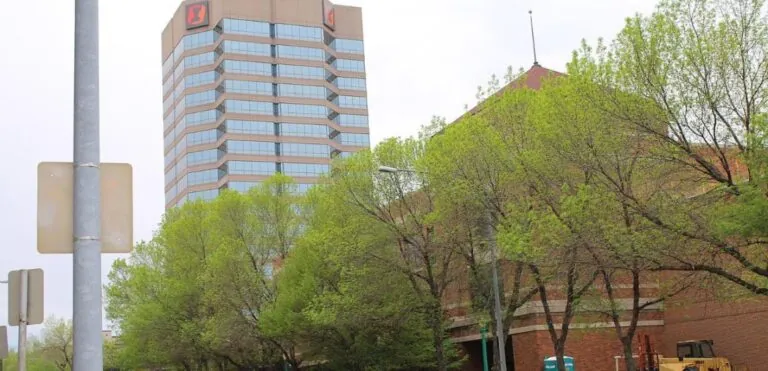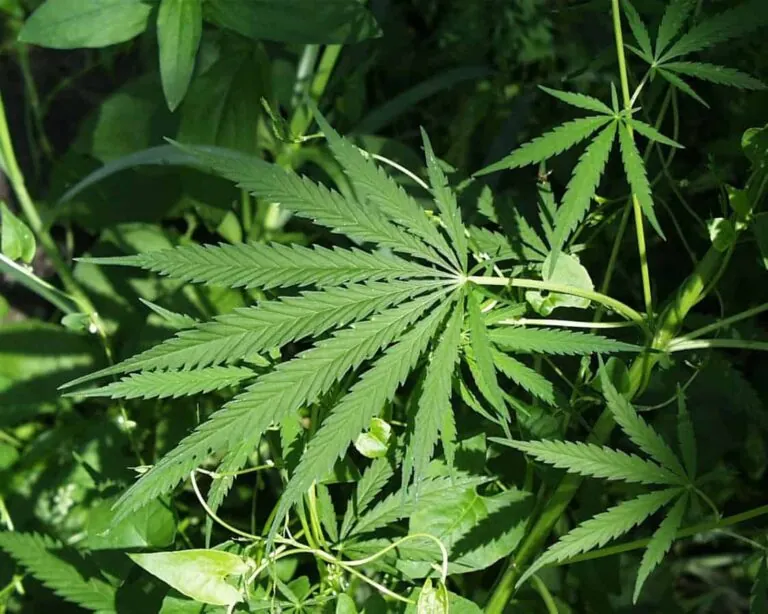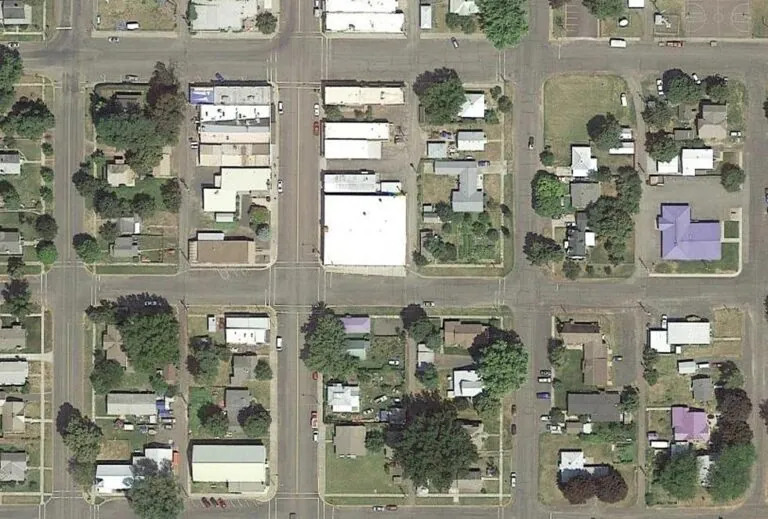This west virginia City Takes the Lead in Highest Cancer Rates in the State
Mingo County, West Virginia, has the highest cancer rates in the state. In 2022, the cancer incidence rate in Mingo County was 603.6 per 100,000 people, compared to the state average of 545.9 per 100,000 people. This alarming disparity begs the question: What factors contribute to Mingo County’s distressingly high cancer rates?
Unraveling the Causes
1. Smoking Epidemic
Smoking, a notorious precursor to various types of cancer, emerges as a prominent contributor to Mingo County’s elevated cancer rates. With over 30% of adults engaging in this harmful habit, the county leads West Virginia in smoking prevalence. Lung cancer, bladder cancer, and esophageal cancer, all linked to smoking, pose substantial threats to the community.
2. Obesity Pervasion
Another significant risk factor for cancer is obesity, a concern that looms large in Mingo County. With more than 40% of adults classified as obese, the county faces an uphill battle against cancers associated with excess weight, including breast cancer, colon cancer, and endometrial cancer.
3. Poverty’s Impact
Mingo County, grappling with economic challenges, stands as one of West Virginia’s poorest regions. Poverty intertwines with health outcomes, including cancer. Limited access to healthcare, reduced engagement in preventive health behaviors, and increased exposure to environmental hazards collectively elevate the cancer risk for those living in poverty.
4. Environmental Legacy of Coal Mining
The historical reliance on coal mining in Mingo County has left an indelible mark on the environment. Residual contaminants released during coal extraction pose a significant health risk. Harmful chemicals, infiltrating air and water supplies, contribute to the heightened cancer rates in the area. Residents also contend with other environmental hazards like secondhand smoke and air pollution from various sources.
5. Healthcare Accessibility Challenges
The rural landscape of Mingo County translates to limited access to healthcare services. From screening to treatment, residents face hurdles that impede timely interventions. The lack of healthcare access exacerbates the cancer burden, making early detection and treatment elusive for many.
Addressing the Crisis: A Multifaceted Approach
To alleviate the high cancer rates in Mingo County, a comprehensive strategy is imperative. Here are specific measures that can be taken to tackle each contributing factor:
1. Smoking Cessation Initiatives
Launch targeted smoking cessation programs, implement public education campaigns, and consider increasing taxes on tobacco products. These efforts aim to reduce the prevalence of smoking and subsequently lower the incidence of smoking-related cancers.
2. Combatting Obesity
Initiate programs promoting healthy eating habits, encourage physical activity, and enhance access to nutritious foods. These measures target the obesity epidemic, mitigating the risk of cancers linked to excess weight.
3. Economic Empowerment
Implement programs focused on job creation, educational initiatives, and social safety nets to alleviate poverty. Elevating the economic status of the community can indirectly impact health outcomes, including cancer rates.
4. Environmental Remediation
Undertake comprehensive environmental cleanup projects, especially in former coal mining areas. Reclaim abandoned mine sites, enforce regulations to reduce air pollution, and ensure access to clean water sources. These initiatives aim to mitigate environmental factors contributing to cancer.
5. Enhanced Healthcare Accessibility
Expand Medicaid coverage, strategically build healthcare clinics in rural areas, and provide financial assistance to individuals facing barriers to healthcare access. Improving the availability and affordability of healthcare services is crucial for cancer prevention and treatment.
Conclusion
Mingo County’s distressingly high cancer rates demand urgent attention and concerted efforts from all stakeholders. By addressing smoking, obesity, poverty, environmental hazards, and healthcare accessibility, we can pave the way for a healthier future for the residents of Mingo County. Collaborative endeavors, combining the resources of government, businesses, and the community, are essential to turning the tide against this ominous health crisis. Only through collective action can we hope to alleviate the burden of cancer and safeguard the well-being of Mingo County’s residents.
Read More:
- This California City Takes The Lead In Highest Cancer Rates In The State
- This Michigan City Takes The Lead In Highest Cancer Rates In The State
FAQ’s
Q: What are the most common types of cancer in Mingo County?
A: The most common types of cancer in Mingo County are lung cancer, breast cancer, and colon cancer. These are also the most common types of cancer in the United States as a whole.
Q: Who is most at risk for cancer in Mingo County?
A: People who smoke, are obese, live in poverty, and/or are exposed to environmental hazards are at increased risk for cancer in Mingo County.
Q: What can I do to reduce my risk of cancer?
A: There are a number of things you can do to reduce your risk of cancer, including:
- Don’t smoke.
- Maintain a healthy weight.
- Eat a healthy diet.
- Get regular exercise.
- Avoid exposure to environmental hazards, such as secondhand smoke and air pollution.
- Get regular cancer screenings.
Q: What is being done to address the high cancer rates in Mingo County?
A: The state and local governments are working to address the high cancer rates in Mingo County through a variety of initiatives, including:
- Smoking cessation programs
- Obesity prevention programs
- Cancer screening programs
- Environmental cleanup initiatives
- Expansion of healthcare access
Q: What can I do to help reduce the cancer burden in Mingo County?
A: There are a number of things you can do to help reduce the cancer burden in Mingo County:
- Educate yourself about cancer and the risk factors for cancer.
- Talk to your doctor about your cancer risk and how you can reduce your risk.
- Support programs and initiatives that are working to address the high cancer rates in Mingo County.
- Advocate for policies that promote public health and reduce cancer risk.







